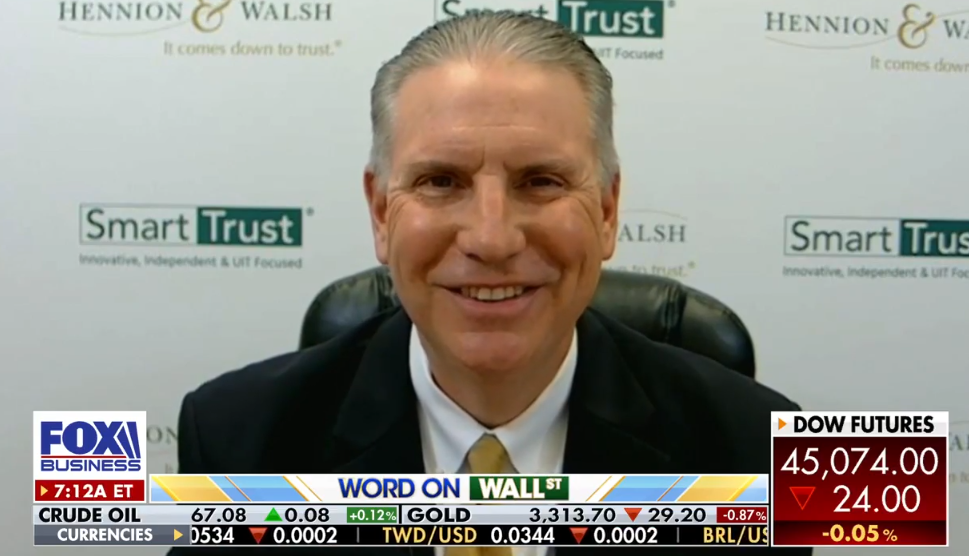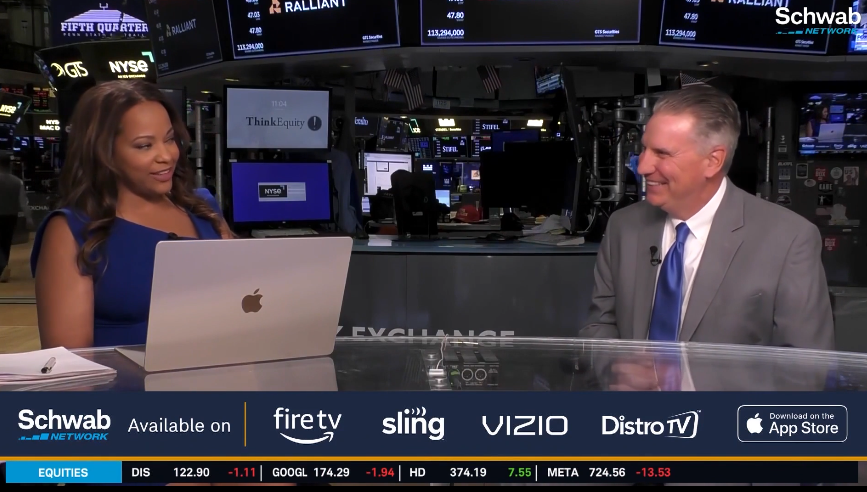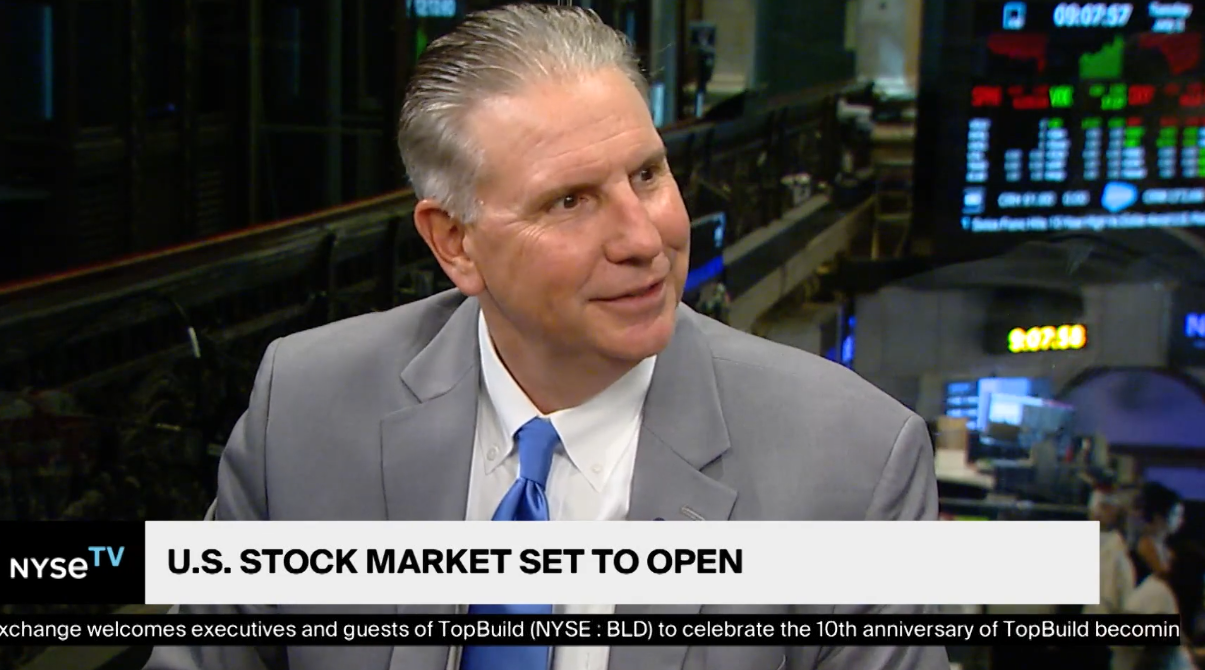
Investing in Business Development Companies (BDCs)
There has been a lot of buzz about Business Development Companies as of late so we thought it was appropriate to provide an overview of the product type and the industry as a whole. A Business Development Company (BDC) is a form of publicly registered company in the United States that provides financing to small and mid-sized businesses. This form of company was created by Congress in 1980 as an amendment to the Investment Company Act of 1940. As a result, Congress created a new category of closed-end funds known as a “business development company”. BDCs are essentially publicly traded closed-end funds that make investments in private, or in some cases public companies, typically with lower trading volumes, with investment objectives of providing for the possibility of capital appreciation and current income. BDCs are investment companies and answer to an independent board of directors.
BDCs, which essentially can be viewed as a hybrid between a traditional investment company and an operating company, represent a transparent portfolio of loans, similar in some sense to Private Equity or Venture Capital, which can be traded publicly generally without restriction or back-end fees.
Publicly filing firms may elect to be regulated as a BDC if they meet certain requirements of the Investment Company Act. One such requirement is that a BDC must maintain at least 70% of its investments in eligible assets before investing in non-eligible assets. Eligible assets can include a domestic issuer that either does not have any class of securities listed on a national securities exchange, or has a class of equity securities listed on a national securities exchange, but has an aggregate market value of outstanding voting and non-voting common equity of less than $250 million and, in each case, is not, with limited exceptions, a registered or unregistered investment company; or either:
- Does not have a class of securities that are “margin securities”
- Is controlled by a BDC and has an affiliated person of the BDC as a director
- Has total assets of not more than $4 million and capital and surplus (shareholders’ equity less retained earnings) of not less than $2 million
The majority of BDCs elect to be treated as a regulated investment company (RIC) for tax purposes. As a result, they must distribute at least 90% of their investment company taxable income, as defined by the Internal Revenue Code, to shareholders every year. A BDC can also receive tax exempt status on the 4% nondeductible federal excise tax if they:
- Distribute 98% of their ordinary income for each calendar year to their shareholders
- Distribute 98% of their capital gain net income in a calendar year to their shareholders
- Distribute any income not distributed in prior years
To continue to be treated as a RIC for tax purposes, BDCs must also:
- Continue to qualify as a BDC in accordance with the Investment Company Act of 1940
- Derive at least 90% of their gross income from dividends, interest, payments on securities loans, gains from the sale of stock or other securities, or other income derived from their business of investing in these stocks or securities
- Satisfy quarterly RIC diversification requirements by not investing more than 5% of their assets in any single security and no more than 10% of a given security’s total voting assets. Following these same requirements, they also may not invest more than 25% into businesses they control or businesses within the same industry.
BDCs have garnered a lot of attention in recent years given their associated high distribution yields relative to more traditional fixed income investments. According to data from CEFA, the average market yield on the universe of BDCs that is currently paying a dividend, as of October 31, 2014, is over 9%. However, many investors have moved into this product type without conducting the necessary due diligence to have an appreciation for the potential pitfalls as higher yields are typically associated with higher risks. These risks include, but are not limited to, the following:
- Credit and investment risk of the underlying companies for whom the BDC provides financing
- Leverage risk for those BDCs that employ leverage in their investment strategies
- Interest rate risk
- Market risk
- Liquidity risk
Based upon data from Closed-end Fund Advisors (CEFA), there are 51 BDC closed-end funds, as of October 17, 2014, that have a combined market cap of $35 billion vs. $263 billion in the traditional closed-end funds market and an average market yield of over 9.3% The pace of new BDCs is also picking up as evidenced by a review of BDC initial price offering (IPO) data. Please see the chart below from CEFA for detailed IPO data over the course of the last 10 years remembering that past performance is not an indication of future results.
Here is a sample list of currently available publicly traded BDCs (may not be all inclusive).
| Ticker | Name | Market Cap | IPO Date |
| ARCC | Ares Capital Corporation | $5,058.7M | 10/05/04 |
| ACAS | American Capital, Ltd. | $3,916.2M | 8/28/97 |
| PSEC | Prospect Capital Corporation | $3,325.1M | 7/27/04 |
| AINV | Apollo Investment Corporation | $1,901.0M | 4/6/04 |
| MAIN | Main Street Capital Corporation | $1,376.3M | 10/05/07 |
| FSC | Fifth Street Finance Corp. | $1,338.4M | 6/12/08 |
| SLRC | Solar Capital Ltd. | $787.3M | 2/9/10 |
| HTGC | Hercules Technology Growth Capital, Inc. | $958.9M | 6/9/05 |
| GBDC | Golub Capital BDC, Inc. | $792.1M | 4/5/10 |
| PNNT | PennantPark Investment Corporation | $810.3M | 4/19/07 |
| TCAP | Triangle Capital Corporation | $708.8M | 2/15/07 |
| NMFC | New Mountain Finance Corporation | $783.0M | 5/20/11 |
| BKCC | Blackrock Kelso Capital Corporation | $643.4M | 6/26/07 |
| TCPC | TCP Capital Corp. | $666.9M | 4/4/12 |
| TCRD | THL Credit, Inc. | $439.4M | 4/21/10 |
| MCC | Medley Capital Corporation | $676.7M | 1/20/11 |
| TICC | TICC Capital Corp. | $520.1M | 11/21/03 |
| CSWC | Capital Southwest Corporation | $558.7M | 7/1/61 |
| TAXI | Medallion Financial Corp. | $285.6M | 5/22/96 |
| MCGC | MCG Capital Corporation | $167.6M | 11/29/01 |
| MVC | MVC Capital, Inc. | $255.4M | 4/27/00 |
| FDUS | Fidus Investment Corporation | $232.8M | 06/21/11 |
| KCAP | KCAP Financial, Inc. | $274.7M | 12/11/06 |
| CPTA | Capitala Finance Corp. | $238.7M | 9/25/13 |
| GSVC | GSV Capital Corp. | $194.2M | 4/28/11 |
| GARS | Garrison Capital Inc. | $243.3M | 3/26/13 |
| WHF | WhiteHorse Finance, Inc. | $200.2M | 12/4/12 |
| SVVC | Firsthand Technology Value Fund, Inc. | $227.4M | 8/4/11 |
| SUNS | Solar Senior Capital Ltd. | $178.4M | 2/24/11 |
| GAIN | Gladstone Investment Corporation | $194.1M | 10/2/12 |
| PFLT | PennantPark Floating Rate Capital Ltd. | $207.2M | 4/8/11 |
| GLAD | Gladstone Capital Corporation | $188.0M | 8/27/01 |
| SCM | Stellus Capital Investment Corporation | $169.5M | 11/7/12 |
| NGPC (now OHAI) | NGP Capital Resources Company (now OHA Investment Corp) | $133.2M | 11/9/04 |
| HRZN | Horizon Technology Finance Corporation | $134.0M | 10/28/10 |
| OFS | OFS Capital Corporation | $110.2M | 11/7/12 |
| MRCC | Monroe Capital Corporation | $130.3M | 10/24/12 |
| TINY | Harris & Harris Group, Inc. | $86.6M | 1/1/83 |
| HCAP | Harvest Capital Credit Corporation | $77.2M | 5/2/13 |
| FSFR | Fifth Street Senior Floating Rate Corp. | $328.0M | 7/11/13 |
| SAR | Saratoga Investment Corp. | $82.9M | 3/23/07 |
| FULL | Full Circle Capital Corporation | $71.8M | 8/31/10 |
| BDCV | BDCA Venture Advisor, LLC | $46.5M | 5/26/10 |
| TPVG | TriplePoint Venture Growth BDC Corp. | $139.2M | 3/6/14 |
| CMFN | CM Finance Inc. | $165.4M | 2/5/14 |
| ACSF | American Capital Senior Floating, Ltd. | $131.2M | 1/15/14 |
| RAND | Rand Capital Corporation | $20.0M | 1/1/01 |
| ABDC | Alcentra Capital Corporation | $166.4M | 5/8/14 |
| TSLX | TPG Specialty Lending Inc. | $888.4M | 3/20/14 |
| EQS | Equus Total Return, Inc. | $26.5M | 8/16/91 |
Data Sources: Closed-end Fund Advisors, Bloomberg, Morningstar, 2014. All values expressed in U.S. Dollars.
As opposed to investing in the above listed BDCs directly, packaged BDC portfolio options are also available through open-end mutual funds, closed-end funds, unit investment trusts (UITs), ETFs and managed accounts focused solely on BDC investments. As with other security types, we recommend that investors should have a thorough understanding of any investment product structure or strategy, including BDCs, before considering an investment and an overall investment portfolio should be custom tailored to an investor’s specific financial goals, income needs, investment timeframe and tolerance for risk.
Disclosure: CEFA is currently a portfolio consultant to SmartTrust® Unit Investment Trusts for the SmartTrust®, Closed-end Fund Advisors Select BDC Trust, Series 1 and several of the BDCs listed above are components of the Trust’s portfolio. This is not a solicitation to purchase or sell this Trust or any of the securities discussed in this article. Investing involves risk, including loss of principal. To determine if a Trust is an appropriate investment for you, carefully consider the Trust’s investment objectives, risk factors, charges and expenses before investing. This and other information can be found in the Trust’s prospectus which may be obtained by calling 1-888-505-2872 or visiting our website at www.smarttrustuit.com. Read it carefully before investing.




